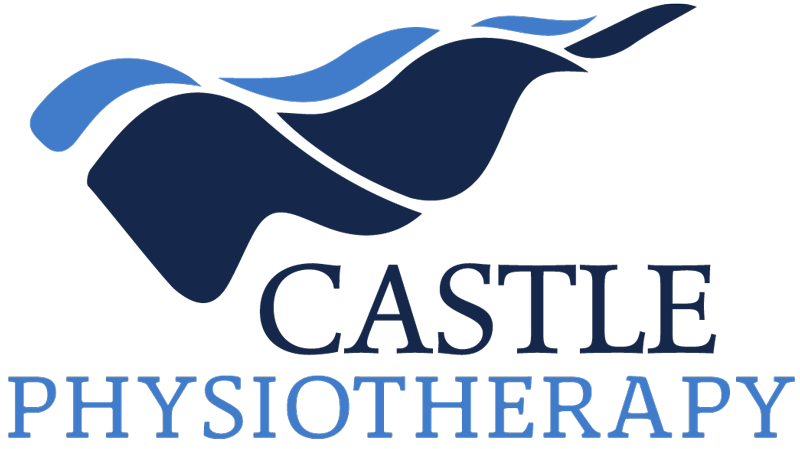What is physiotherapy?
Physiotherapists help people affected by injury, illness or disability through movement and exercise, manual therapy, education and advice. They maintain health for people of all ages, helping patients to manage pain and prevent disease. The profession helps to encourage development and facilitate recovery, enabling people to stay in work while helping them to remain independent for as long as possible.
What physiotherapists do
Physiotherapy is a science-based profession and takes a ‘whole person’ approach to health and well-being, which includes the patient’s general lifestyle. At the core is the patient’s involvement in their own care, through education, awareness, empowerment and participation in their treatment. You can benefit from physiotherapy at any time in your life. Physiotherapy helps with back pain or sudden injury, managing long-term medical conditions such as asthma, and in preparing for childbirth or a sporting event.
Why physiotherapy?
Physiotherapy is a degree-based healthcare profession. Physios use their knowledge and skills to improve a range of conditions associated with different systems of the body, such as:
Neurological (brain or spinal cord injuries, multiple sclerosis)
Musculoskeletal Conditions (back and neck pain, whiplash, joint problems, headaches, arthritis, postural problems)
Cardiovascular (stroke, chronic heart disease)
Respiratory (asthma, chronic obstructive pulmonary disease, cystic fibrosis)
Physiotherapists work in a variety of specialisms in health and social care. Additionally, some physiotherapists are involved in education, research and service management.
Primarily you may want to see a physio if you have whats known as a musculoskeletal disorder.
Musculoskeletal disorders are the most common occupational illness in the UK affecting millions of people a year. They may include problems such as low back pain, neck pain, joint injuries ,and repetitive strain type injuries as well as sports injuries.
If you have any musculoskeletal problem as a result of work, an injury at home or through sport or an accident or you don't really know how or why, you should see a chartered physiotherapist. There is no definitive answer as to who should be seen but generally, if you have pain for more than 48 hours without relief you need to seek professional advice.
What should I expect when I see a Physiotherapist?
The physiotherapist will ask you to sit down (if you can) at their desk and run through a subjective examination. This involves some details that may be significant to your problem such as previous injuries, medications, x-rays or scans you may have had etc.
They will then ask you specific questions about the problem you have presented with such as where the pain is, how long you have had this problem for, what aggravates it and what eases it. There are no right or wrong answers but the subjective exam helps to narrow down the possibilities.
Once that is done, which usually takes about 5 minutes, the physiotherapist will then examine the problem. This usually involves a series of simple movements or tests within comfortable limits. For example if you have presented with back pain they will ask you to bend forward, backwards, from side to side. Simple tests to establish if you have a “trapped nerve” associated with your back pain may involve reflex testing, or moving the legs while you are lying down. These are very simple tests and nothing to be concerned about.
It is important that the physiotherapist can examine the area affected so appropriate clothing is important. Dignity will be respected at all times. If your back is to be examined they will probably ask you to roll your shirt/blouse up so your back can be seen. If you have a problem with your legs it is best to bring a pair of shorts if you can, so that your knee or hip can be seen if that is the problem. Similarly, if it is your neck or shoulder area, clothing should be loose enough to expose the relevant parts.
Once these tests have been carried out the physiotherapist will palpate the area to identify any abnormalities and establish the diagnosis if possible.
When the examination is complete the physiotherapist will explain to you what the nature of your problem is. They will formulate a management plan which may range from simple advice or may involve a course of treatment.
“Helpful and put my mind at ease straight away, good advice given to self manage my problem in my time with a range of exercises shown during my treatment”
— Neil S

